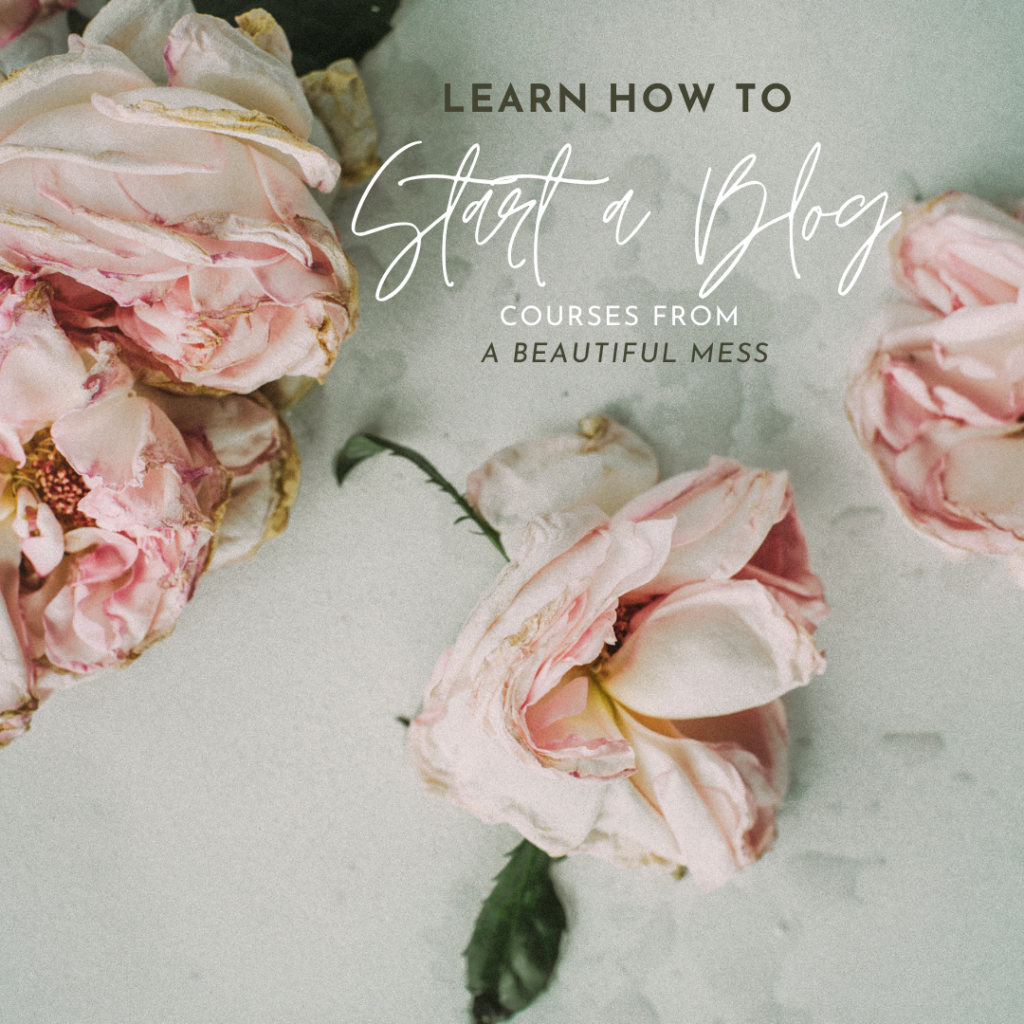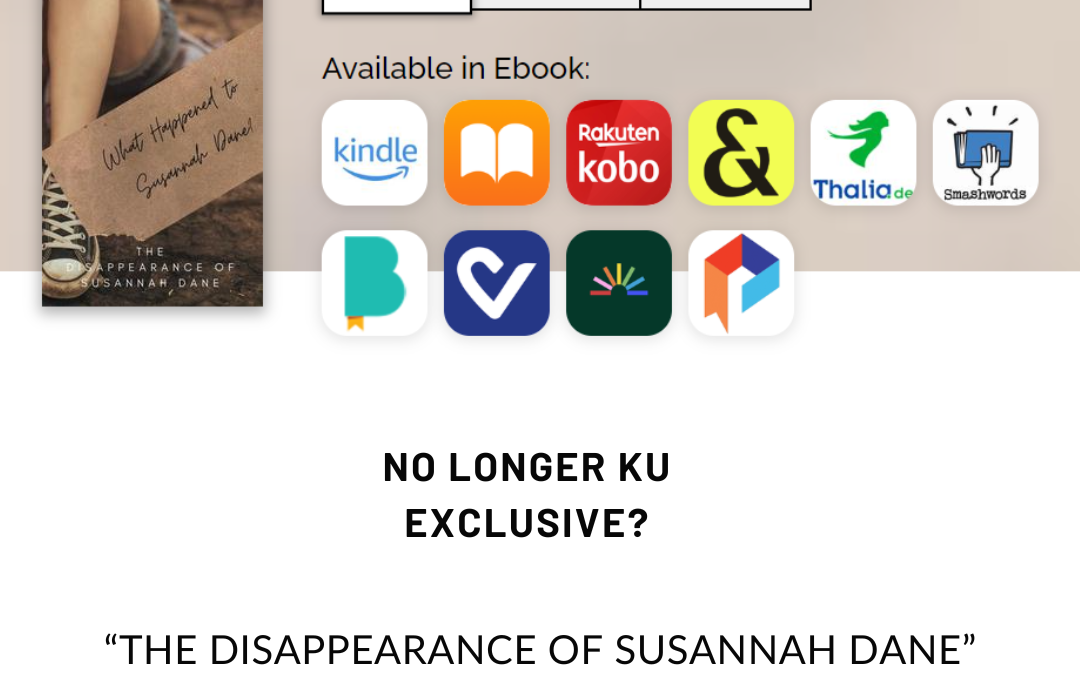Please note that any links within this post may be affiliate links. This means I earn a commission on qualifying sales at no extra cost to you.

Today, I thought I would share how I plan out content for my blog. I plan out the entire year at a time and then schedule content two months ahead of time. As I’m writing this in November, I will be posting it in January. This is very helpful for me, as an author, because I can plan all of my content at once and then spend the rest of the time writing and editing my projects.
What Do I Blog About?
On my blog, I really focus on two things. I blog about content creation and author interviews. Content creation is an umbrella term for blogging, writing, publishing books, and giving out free printables. Author interviews are when I’m reaching out to other authors that stand out to me and I’m asking them questions or just chatting about their books. I also interview bloggers and editors.
I have tried posting every day and while I did have more traffic, I also need to spend time writing my books! I decided to find what works best for me and I decided on posting two days a week.
I will post about my regular content on Tuesdays and author interviews on Fridays. That is a little flexible, of course. Some weeks, I can imagine having an extra author interview or sharing a book cover reveal for my SciFi Collaborative group. If I read a book and have a lot to say about it, I might even post a book review. In terms of posts that I’m planning way ahead of time, however, it will be twice a week. This helps make sure I’m not getting behind in content.
I did a lot of interviews in December, which was great. Looking ahead, I have my interviews ready 2-3 months ahead of schedule so that I am not stuck waiting for replies until the last minute. I can also do this with book reviews and my TBR is packed in 2021!
My other content is more about updating on my personal projects, so I write those as I post them typically.
Even posting twice a week means I need to plan a lot of content. Here is how I’m managing it all this year:
Staying Organized
I have been searching high and low for a content planner that really covers everything I need. I wanted something that would help me plan all of my blog posts and my social media strategy and any other promotions I might do. I need to be able to plan around new book releases and keep track of my marketing budget. As a courtesy, I always reach out to the authors that I interview with links to the posts when they go live. I also tag them on social media. I have a lot to keep track of, so I’m trying to find things that work really well. I haven’t ever found a perfect product, so I honestly might create one in the future. Keep an eye out for that.
The Content Strategy Planner
In my search, I found this planner. The bright yellow cover is nice because it doesn’t get lost in my pile of notebooks on my desk. This is absolutely the best planner I have found so far. It does cover most of the stuff that I need. I find the monthly review pages really helpful and it does offer some nice spots for planning out one month at a time and one week at a time. I wish it had a full month overview calendar and I wish it had bigger spaces for daily notes. Because it doesn’t, I fill those gaps with another planner.
Five Year Planner
To make up for the lack of a month by month calendar, I also used a five-year planner. The one I have is for 2020-2024. I just find it really helpful to have all of the holidays listed and I like to be able to look at a bird’s eye view of a whole month and be able to put those little sticky notes on them. I will write out like “Author Name – Interview” and place it on a certain date. Sometimes, an author wants to move the interview date or I have a surprise commitment that pushes back a different post. And I hate using white-out or crossing out my blogs. When you have to be flexible in your schedule, things can start to look messy really quickly. Instead, I just move around the sticky notes and keep things fresh.
I think the five-year planner is also really great for writing out my books. When I start a series, I like to plan out when the releases will happen. I give myself deadlines (because I’m self-published) and I put those on sticky notes too, because sometimes I finish a project two months early or two years late. (The planner is supposed to prevent that from happening.)
Spiral Bound Notebooks
Finally, I always keep a ton of spiral-bound notebooks on hand. Some of them are the ones you find on sale for $.50 at the drug store during back to school week. Others are just random ones that I like the cover of. I keep these notebooks handy so that I can write out blog post ideas, take notes during online courses and webinars, and keep notes when I’m editing a book. I also use them to write out sample release plans for my books. This helps me work out the possible conflicts before I put them in my five-year planner.
The long lists of blog post ideas that I come up with are very helpful in planning out my content ahead of time. I will schedule the content at least two months ahead of time, but I have at least one year’s worth of content ideas ready to go. These are sometimes partial blog posts, headline ideas, authors I’d like to work with, books I’ve read that I want to review, you get the idea.
Columnar Pad
I also keep hand-written spreadsheets available so that I can keep track of all my income and expenses for my books/blog. Any time I pay someone for editing, cover design, or virtual assistant duties, then I write it down. When I need to budget my marketing plan, including paid promotions and advertisements, then I write them down. I also keep track of how much money I make off my blog and my books. Right now, I only monetize my blog using affiliate links. I don’t use spammy pop-ups or huge advertising banners. If I do use a banner, I try to make sure it’s not obnoxious. I personally hate reading blogs that have all of those distractions in them, so I try to keep that stuff to a minimum. The real purpose of my blog is to serve as a landing page for my readers, but it also needs to pay for itself.
I need to keep track of the programs that I use and pay for, like Scrivener and Divi. I also take a lot of webinars and courses on marketing and books, so if I happen to pay for one of those, then I write those down too.
Be Patient
If you’re new to blogging, I hope this helps you get an idea of how bloggers keep regular content coming all year long, when they aren’t able to blog full time. I think the most helpful part of planning content is knowing what my readers want because I’ve been blogging since 2016. When I see content that is way more popular than others, I know to do more of that. It might take some time to know what is working for you, but stick with it (and keep track of it) and you will figure it out.
This post was proofread by Grammarly
Need More Help With Your Blog?
I’ve recently started to team up with A Beautiful Mess. They offer courses on everything from podcasting, to photography, to blogging. If you need a little extra help getting your blog business started, check out their Blog Essentials Course.





0 Comments